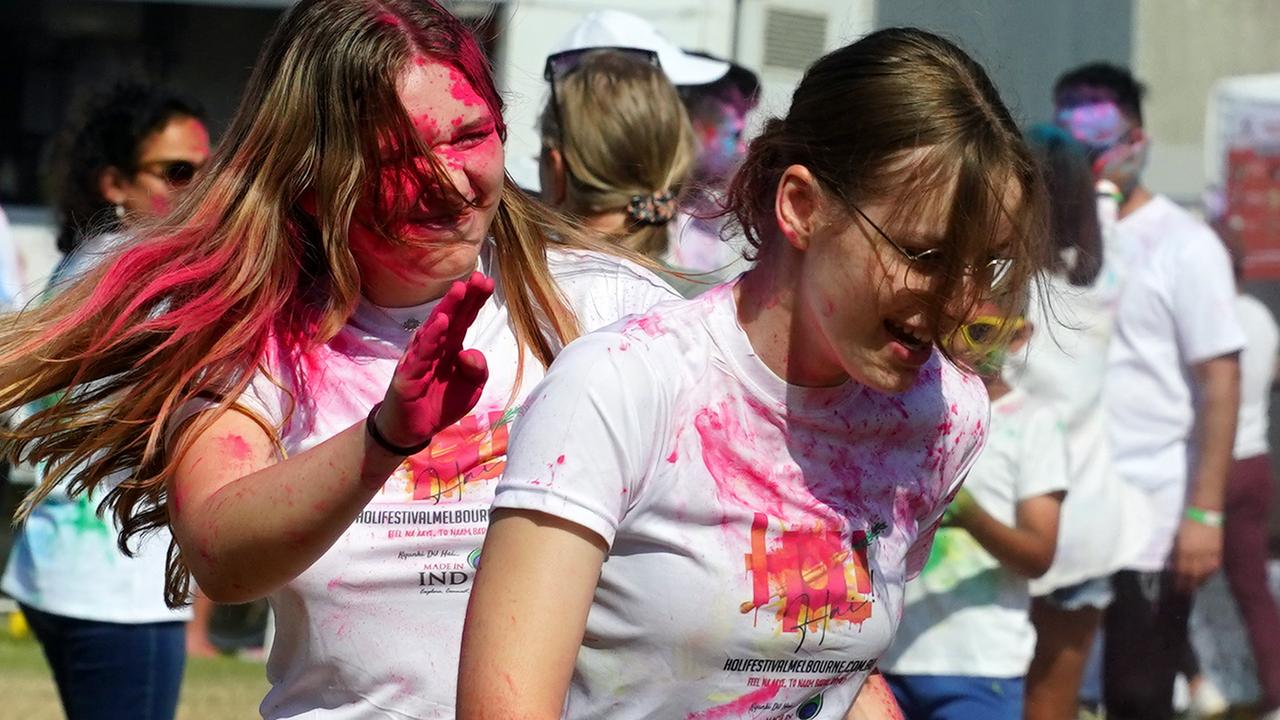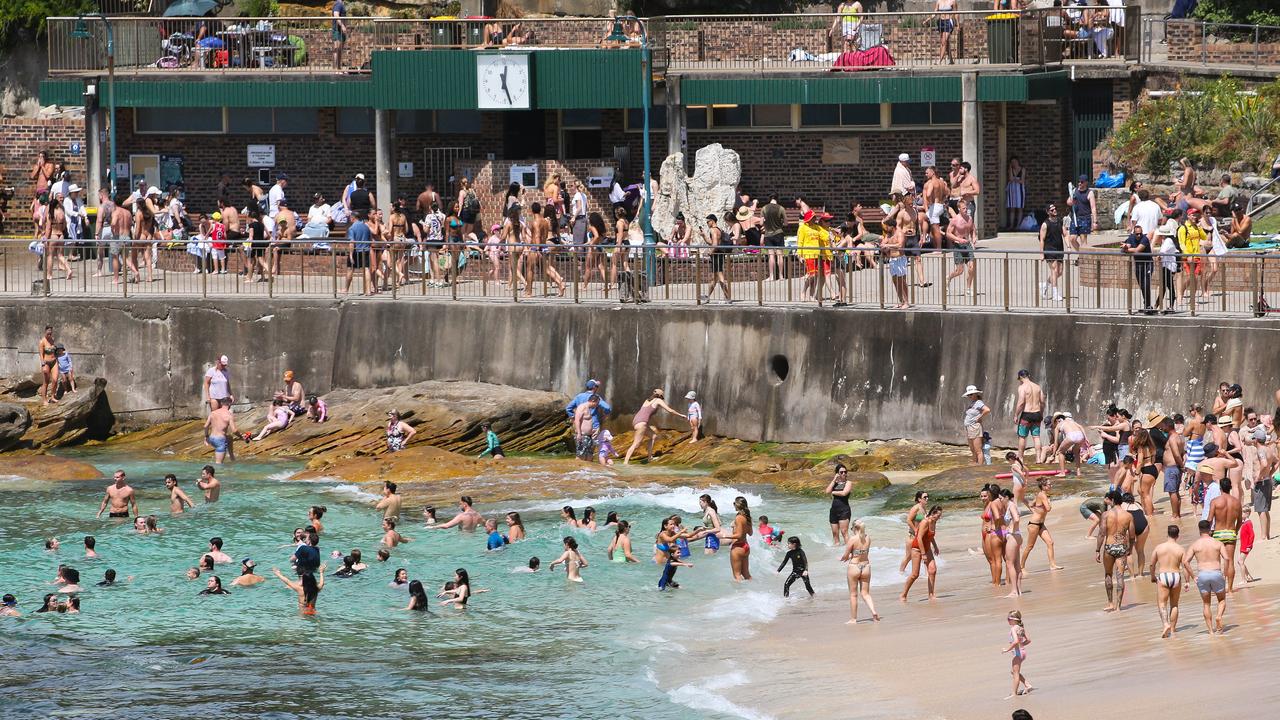The huge cost of taking this popular travel selfie
Hordes of Aussie tourists visit seemingly innocent hot spots without realising they’re supporting an insidious and cruel global trade.
Hordes of Australian tourists who visit Asian hot spots are unknowingly supporting a cruel and unethically rare animal trade that breeds and kills lions and tigers on a massive scale.
World Animal Protection today released a report revealing thousands of big cats are being farmed in large-scale operations, many of which are marketed as conservation projects to unwitting travellers.
They are anything but, with one expert telling news.com.au it is “very unlikely, almost impossible” for any form of tourism involving wild animals to be operated ethically.
Instead, those cute lion and tiger cubs that make enviable selfie companions eventually grow up and are used for breeding before being slaughtered and sold as part of a booming multi-billion dollar traditional Asian medicine industry.
The report, titled Trading Cruelty, revealed there were up to 6000 tigers held in breeding farms across China, while South Africa keeps up to 8000 captive lions.
While a much smaller player comparatively, Thailand has about 1500 tigers in captivity, its investigators found.


The unprecedented research, which examined multiple countries, has determined the sheer extent of the supply chain feeding demand from the traditional Asian medicine market.
Big cat body parts and bones are sought after for pills, powders and potions as well as being used in products like tiger bone wine.
And demand is booming despite efforts to discredit the purported medicinal benefits.
Tiger-based products are particularly popular in countries like China, Vietnam and Thailand, which is perhaps why there are more tigers in farms than there are in the wild.
“Many of these animals will only see the world through metal bars, they will only ever feel hard concrete beneath their paws, and they will never get to experience their most basic predatory instinct — a hunt,” Dr Jan Schmidt-Burbach, global wildlife adviser at World Animal Protection, said.
“Instead, they are taken from their mothers as tiny cubs, forced to interact with people or perform tricks, to be then shot or slaughtered so that their bodies can be harvested.”
RELATED: The truth behind animal tourism


Australian tourists will encounter a range of popular attractions while abroad, from cub feeding and petting to walks and photo opportunities.
As they get older, the animals move behind the scenes to breed. They are eventually killed, and once processed, bones and other body parts enter the lucrative Asian traditional medicine market.
World Animal Protection investigators inspected one of China’s largest facilities, which had 1000 Siberian, South China, Bengal and white tigers in captivity.
It also had about 250 lions and some leopards.
“Although marketing itself primarily as a tourist entertainment venue, (it) was breeding big cats and using them to make traditional medicine products and tiger bone wines,” the report found.
“At all facilities, the researchers noticed clearly distressed tigers living in small, inadequate and poorly maintained enclosures.
“Some animals appeared malnourished to the extent of emaciation — their backbones were clearly visible. Others were grossly underweight.”


Individual big cats were confined in cages measuring four metres by seven metres. In the wild, their natural territory typically spans seven to 10 square kilometres.
Gilbert Sape, the head of campaigns surrounding traditional medicine issues for World Animal Protection, said few, if any, of these tourist operations were ethical.
“These are wild animals and they need big sanctuaries,” Mr Sape said. “No one could house this many big cats in a way that is suitable. It’s very unlikely that any of these animal tourist (facilities) are ethical.”
RELATED: Thailand zoo horror revealed in sickening snaps

In South Africa, lion farms often run as tourist businesses, offering handling and walking attractions. The export of lion bones is not illegal in the country but is regulated.
There are no laws surrounding tiger farming, as the animal is not native to South Africa.
Trophy hunting is the main fate awaiting ageing big cats, where hunters will pay as much as $15,000 to shoot a lion.
The report also measured customer sentiment and found in China, 40 per cent of respondents had used drugs or other products containing big cat ingredients.
As demand grows, farms are increasing the speed of their breeding operations, which is causing severe health and welfare issues, including inbreeding.
Inbred cubs can suffer deformed feet, legs and faces, as well as a range of sight, hearing, breathing and chewing problems, the report said.
Mr Sape said governments needed to commit to banning breeding to help bring an end to the industry.
More needed to be done in the area of education also, he said.




